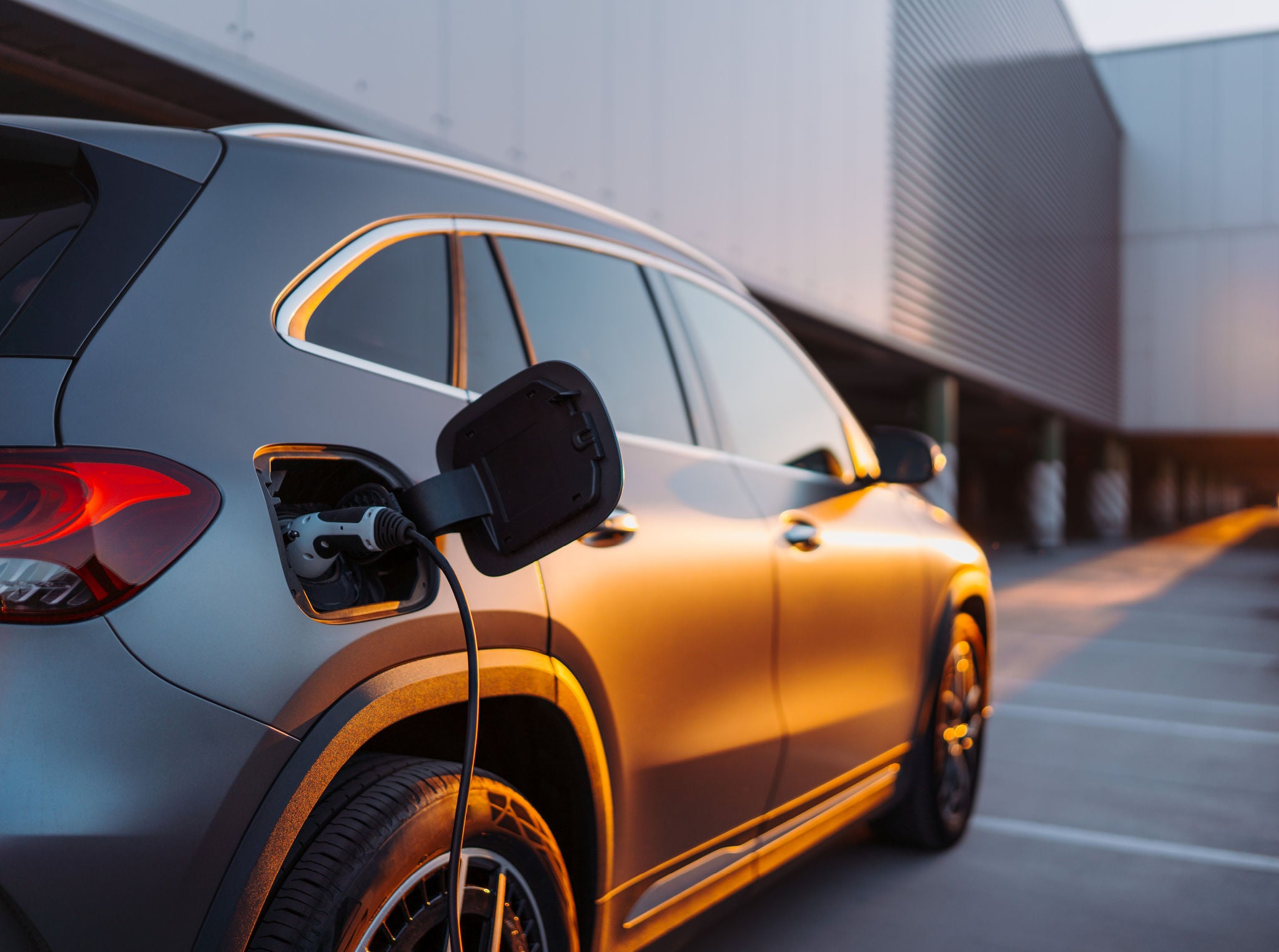EY refers to the global organization, and may refer to one or more, of the member firms of Ernst & Young Global Limited, each of which is a separate legal entity. Ernst & Young Global Limited, a UK company limited by guarantee, does not provide services to clients.
How EY can help
-
Manufacturers must evolve business models, connect products seamlessly utilizing digitization and adopt a customer-centric mindset.
Read more
The cavalry charge
Unfavourable economic conditions combined with traditional detractors — like charging and range anxiety, and upfront affordability — as contributing factors topping this year’s index. These are in addition to new concerns that come with new challenges to overcome, like maintenance and battery replacement costs, which bubbled up in recent years as older electric vehicles and charging technologies begin showing signs of wear.
According to the index, charging infrastructure continues to be the primary detractor to market entry. More than half of respondents shared that installation costs of at-home charging units (57%) and electrical costs (54%) topped their list of concerns, while 42% listed oft-beleaguered availability and long wait times at public charging stations as negatively impacting their user experience.
If EV manufacturers expect to win over future buyers, it’s clear that more will be expected of our national charging infrastructure to keep pace, with a measured approach of not simply meeting current demand but anticipated future growth. In the classic “chicken or egg” debate — do we focus on chargers or vehicles first? Stakeholders have opted to invest in EVs at a rate faster than both the infrastructure needed to support it and consumer acceptance.
New inroads
The conversation is changing. While the time horizon has turned out to be longer than many expected, government, utilities and key stakeholders are beginning to understand the complexity and astronomical costs associated with putting charging infrastructure in the ground and maintaining equipment and networks to make them more reliable.
Cities across the country are looking for alternative solutions to accelerate charging capacity, like offering installation rebates for residential buildings. But with the number of EVs on the road expected to grow from 480,000 today to 21 million by 2040,² infrastructure growth will need to be exponential to keep up.
According to Natural Resources Canada, more than 1.6 million parking space retrofits will be required in multi-unit buildings by 2030 and nearly 3.2 million by 2035 to meet private demand, in addition to 40,000 public charging ports required at an estimated cost of $18 billion.³ Not to mention the coordination required to deliver the policy changes needed to make new housing EV ready, incentives to offset retrofitting costs for consumers and the public and private investment necessary to deal with increased demand on the grid.⁴




